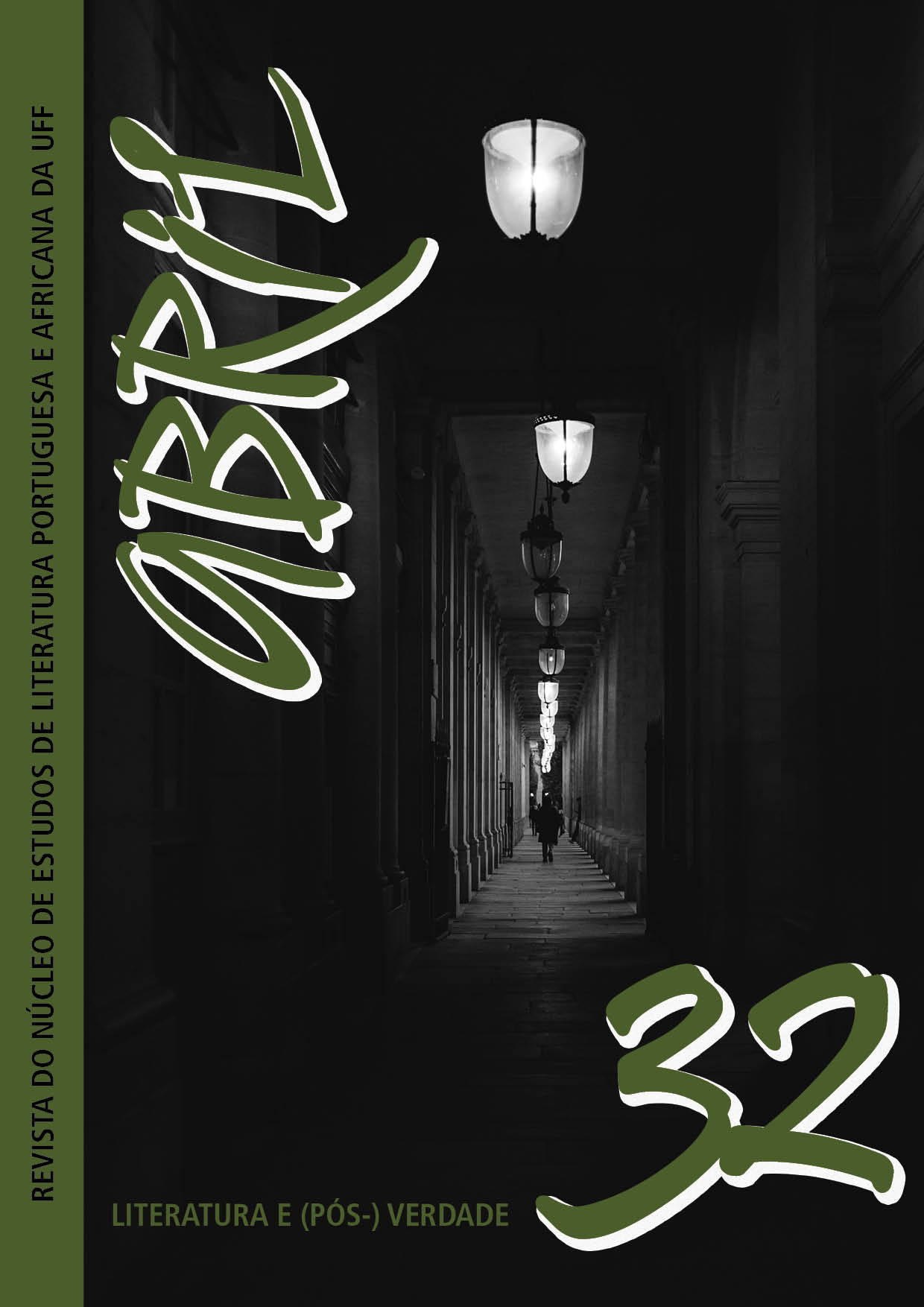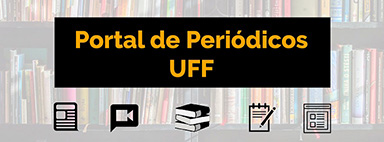Painting images with words or how the author entered the artist’s atelier
DOI:
https://doi.org/10.22409/abriluff.v16i32.61542Keywords:
Contemporary Portuguese literature, Rua de Paris em dia de chuva, Isabel Rio Novo, Image, Intersemiotic dialogueAbstract
Rua de Paris em dia de chuva (2020), a novel by Isabel Rio Novo, brings back the figure of Caillebote by fictionalizing — with ingenuity and art — the life of the French painter, aligning it with the changes that occurred in Paris at the end of the century. The interest in the double “biographical-historical” arises from the passion of the Author (narrator-character) whose interest in Caillebote and his paintings drives her to create a novel with the impressionist artist as its protagonist. The mysterious and somber figure of Helena, an academic specializing in art history, also appears in the fictional space. Among the painter, the writer and the researcher, the threads of love that unite them are intertwined. This essay focuses on the narrative with the aim of thinking about relationships with images that go beyond literal representation, highlighting emotional and symbolic strength, based on cultural continuity and the transmission of ideas through images over time. That is, images are not just isolated aesthetic objects, but parts of a “collective memory” that reflect human concerns and desires, through their “survivals”. As theoretical assumptions we will use the concepts of image by Aby Warburg, Walter Benjamin and Georges Didi-Huberman.
Downloads
References
BARTHES, Roland. O Rumor da língua. Trad. Mário Laranjeira. São Paulo: WMF Martins Fontes, 2012.
BARTHES, Roland. Fragmentos de um discurso amoroso. Trad. Hortência dos Santos. São Paulo: Editora Unesp, 2018.
DIDI-HUBERMAN, Georges. O que vemos, o que nos olha. Trad. Paulo Neves. São Paulo: Editora 34, 2010.
DIDI-HUBERMAN, Georges. A imagem sobrevivente: História da arte e tempo dos fantasmas segundo Aby Warburg. Trad. Vera Ribeiro. Rio de Janeiro: Contraponto, 2013.
DIDI-HUBERMAN, Georges. Pensar debruçado. Ymago Ensaios Breves. Lisboa: KKYM, 2015.
MANGUEL, Alberto. Lendo imagens. Trad. Rubens Figueiredo, Rosaura Eichemberg, Cláudia Strauch. 8 Reimp. São Paulo: Companhia das Letras, 2001
NOVO, Isabel Rio. Rua de Paris em dia de chuva. Portugal: Dom Quixote, 2020.
SENNET, Richard. O declínio do homem público: as tiranias da intimidade. Trad. Lygia Araujo Watanabe. 2º ed. Rio de Janeiro: Record, 2016.
SILVA, Edson Rosa da. A reflexão da literatura: ensaios sobre literatura francesa. Belo Horizonte: Moinhos, 2020.
SPINOZA, Benedictus de. Ética. Trad. Tomaz Tadeu. 2. ed., 8. reimp. Belo Horizonte, Autêntica, 2018.
VALENTIM, Jorge Vicente. “Que temos nós de nosso senão o que inventamos?” Entrevista a Isabel Rio Novo. In: Olho d’água. vol. 13., n. 1. São José do Rio Preto: UNESP, 2021.
Downloads
Published
How to Cite
Issue
Section
License
Copyright (c) 2024 ABRIL – NEPA / UFF

This work is licensed under a Creative Commons Attribution-NonCommercial 4.0 International License.
I authorize the journal Abril - NEPA/UFF to publish the paper of my authorship/responsibility that I now submit, in case it is accepted for online publication.
Moreover, I declare that this contribution is original, that it was not submitted to any other editor for publication, and I sign the present declaration attesting the truth of all its contents.
The copyright of the works published at the virtual space of the journal Abril - NEPA/UFF are automatically entitled to the journal. Their total or partial reproduction is conditioned to the authors' citations and publication data.

Abril is licensed under a Creative Commons - Attribution-NonCommercial 4.0 International (CC BY-NC 4.0).









